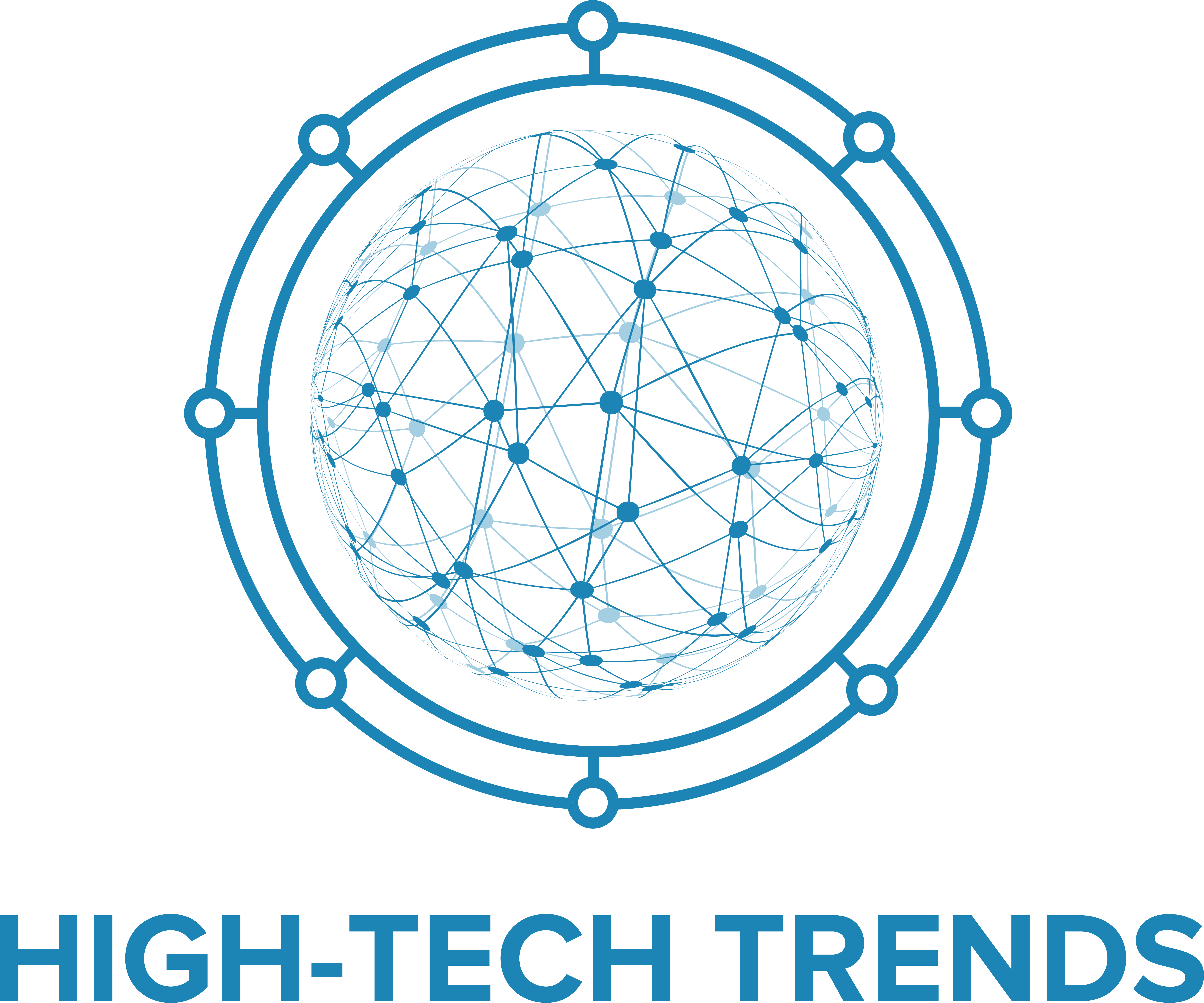The conversation around diversity and inclusion (D&I) has permeated every sector, urging a collective introspection on whether enough is being done to level the playing field for all innovators. In the realm of intellectual property (IP), this dialogue takes on a unique significance, highlighting a crucial intersection between innovation, representation, and equity. This article delves into the systemic biases within the patent system and proposes a paradigm shift towards “inclusive innovation,” a concept that champions the integration of diverse voices in the creation and protection of IP.

The Current State of IP: A Reflection on Inclusivity
Patents play a pivotal role in the innovation ecosystem, granting inventors exclusive rights to their creations and thereby incentivizing innovation. However, a closer examination reveals a disparity in who gets to participate in this system. Despite the ostensible neutrality of patent law, data suggests that certain groups, notably women and minorities, are significantly underrepresented among patent holders. This discrepancy is not merely a matter of numbers; it reflects deeper systemic issues that hinder equitable access to IP protections and rewards.
The historical context of IP reveals a landscape that was often inaccessible to vast segments of society, with cultural appropriation and exploitation further exacerbating these exclusions. Modern adjustments, such as protections for traditional creativity, mark steps toward inclusivity, yet the broader picture remains problematic. The exclusionary nature of patent rights, while foundational to the IP system, raises questions about the potential for a truly equitable framework.
Addressing the Systemic Problem of Representation
The underrepresentation of women and minorities in patenting is a glaring issue, with women inventors, for instance, constituting a fraction of patent applicants. The World Intellectual Property Organization (WIPO) reports a slow pace towards achieving gender parity in inventorship, projecting that it may not be reached until 2058. This gap is not just a numbers issue but a reflection of systemic barriers that deter or inhibit participation from diverse groups.
Moreover, the patent prosecution process itself may harbor biases that disadvantage inventions by women, further entrenching the divide. The representation of women and minorities in the field of patent law, both as attorneys and examiners, also falls short, suggesting a broader issue of inclusivity within the profession.
Embracing Inclusive Innovation: Pathways Forward
Inclusive innovation calls for a paradigm shift in how we approach IP, advocating for a system that not only acknowledges but actively incorporates diverse perspectives. This approach recognizes that true innovation cannot be achieved without harnessing the full spectrum of human creativity and experience. Recommendations for fostering an environment of inclusive innovation include:
Developing Diversity-Focused Programs: Initiatives aimed at increasing diversity in STEM and patent-intensive fields are crucial. These should include mentorship, training, and policies that encourage participation from underrepresented groups.
Conducting Diversity Audits: Organizations should assess their current state of D&I, treating it as a critical component of sustainability. This involves evaluating policies, practices, and outcomes to identify areas for improvement.
Enhancing Research and Data Collection: Further research is needed to understand the barriers to inclusivity in IP. This includes collecting demographic data, analyzing the experiences of minorities within the system, and examining the impact of unconscious bias in patent examination.
Promoting Partnerships and Collaboration: Sharing knowledge and best practices among patent offices, corporations, and other stakeholders can help disseminate effective strategies for fostering inclusivity.
Closing Thoughts: A Call to Action
The journey towards inclusive innovation in IP is complex and multifaceted, requiring concerted efforts from individuals, organizations, and policymakers alike. By embracing the principles of D&I, we can begin to dismantle the barriers that have historically marginalized certain voices in the innovation landscape. The path forward demands not only a recognition of the systemic issues at play but a commitment to transformative action that empowers all innovators, regardless of their background.
As we look to the future, let us envision an IP system that truly reflects the diversity of human creativity, where every inventor has the opportunity to contribute to our collective knowledge and progress. In doing so, we not only uphold the principles of equity and justice but also unlock the full potential of innovation for the betterment of society as a whole.

————
Are you determined to elevate your business and transform your online presence into a conversion powerhouse? It’s time to take a decisive step forward! Working with the market’s leading conversion wizard isn’t just an option; it’s a strategic move toward achieving your digital marketing goals. Contiant isn’t just a service provider; we’re your partner in success, leveraging cutting-edge strategies and personalized insights to ensure your business stands out in a crowded digital landscape. Choose Contiant, and unlock the full potential of your online efforts. Let’s create something remarkable together.
Enjoy instant payments with Contiant





